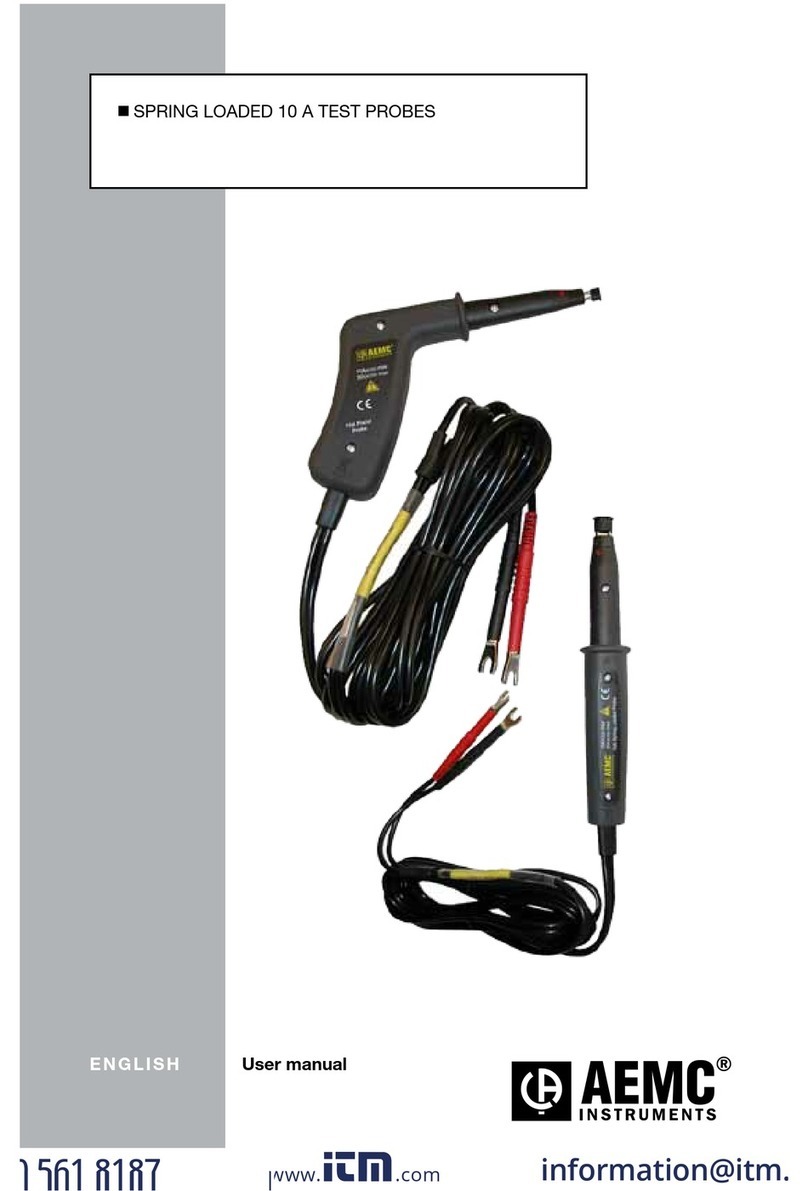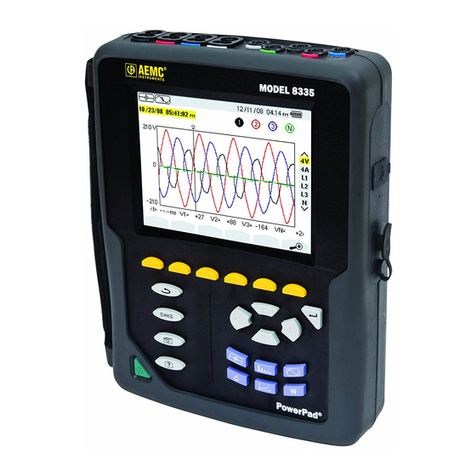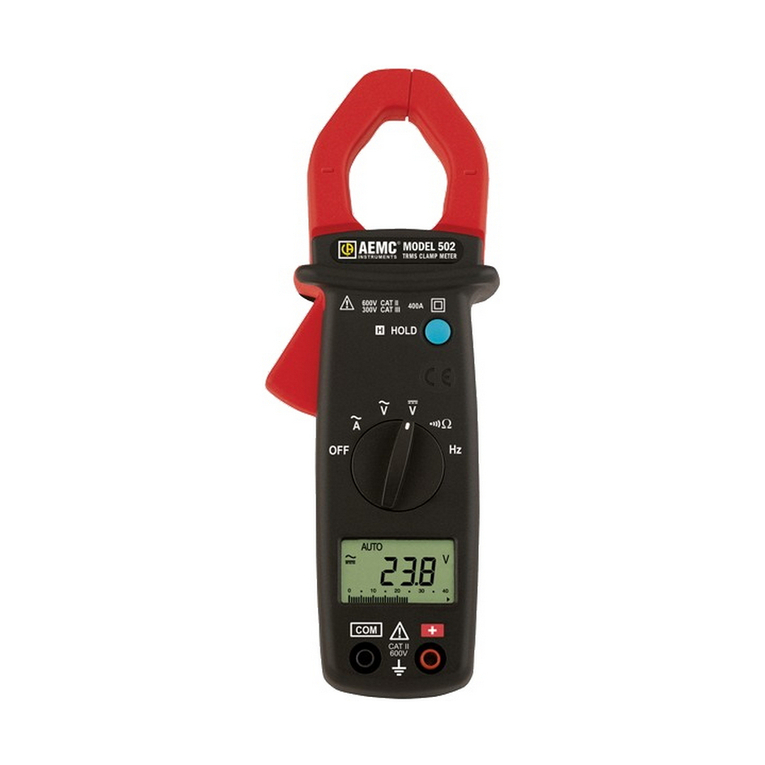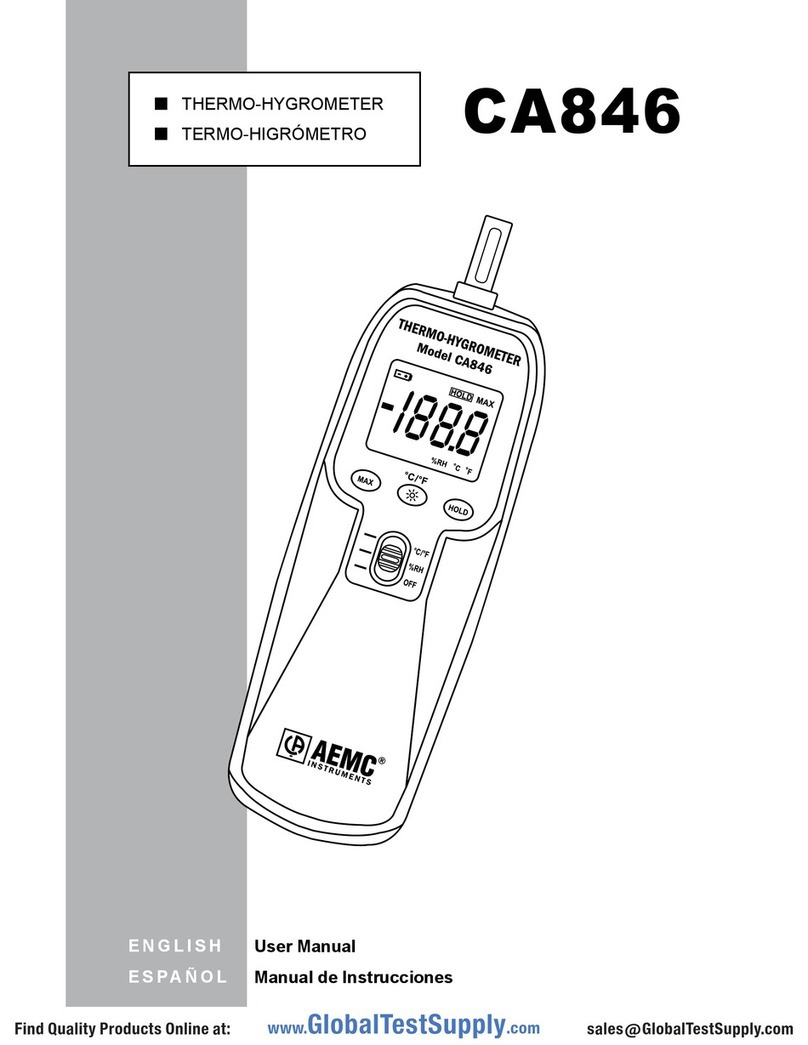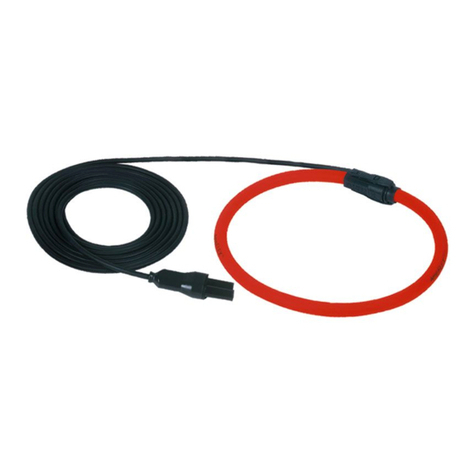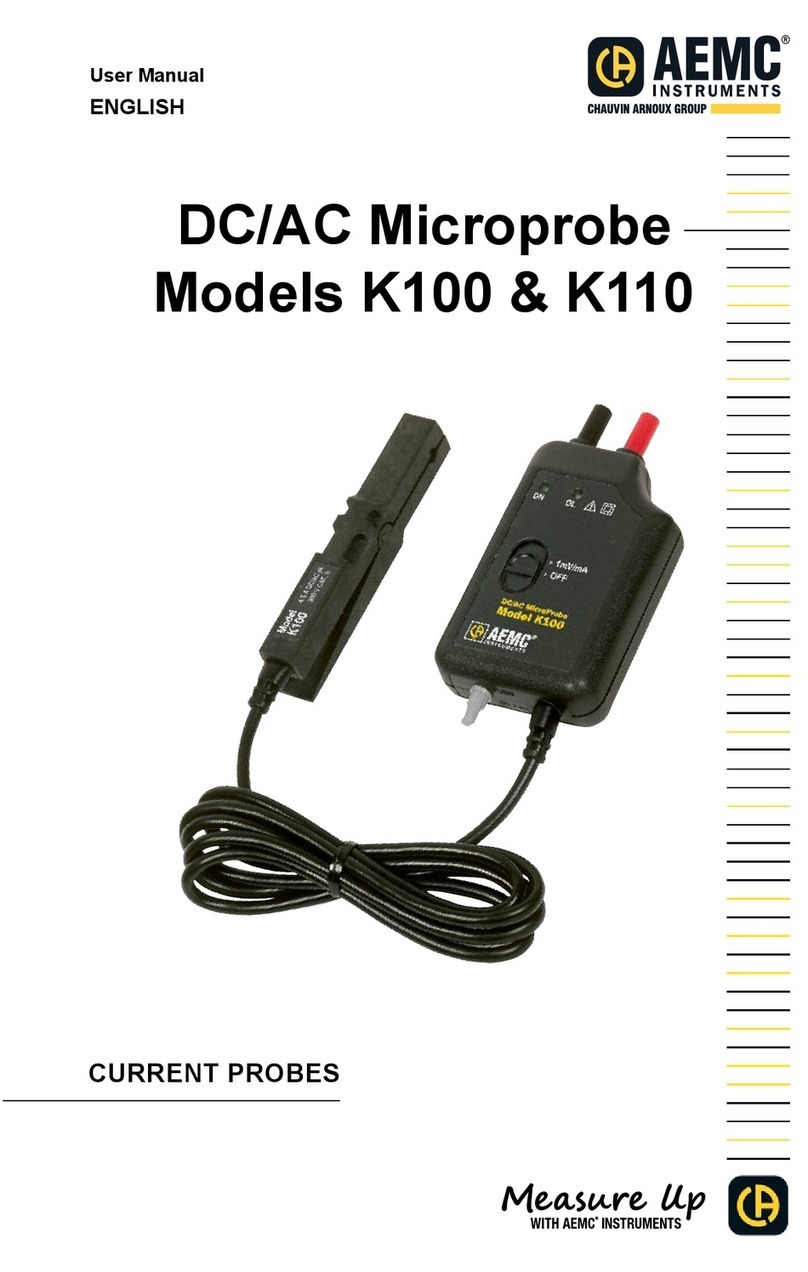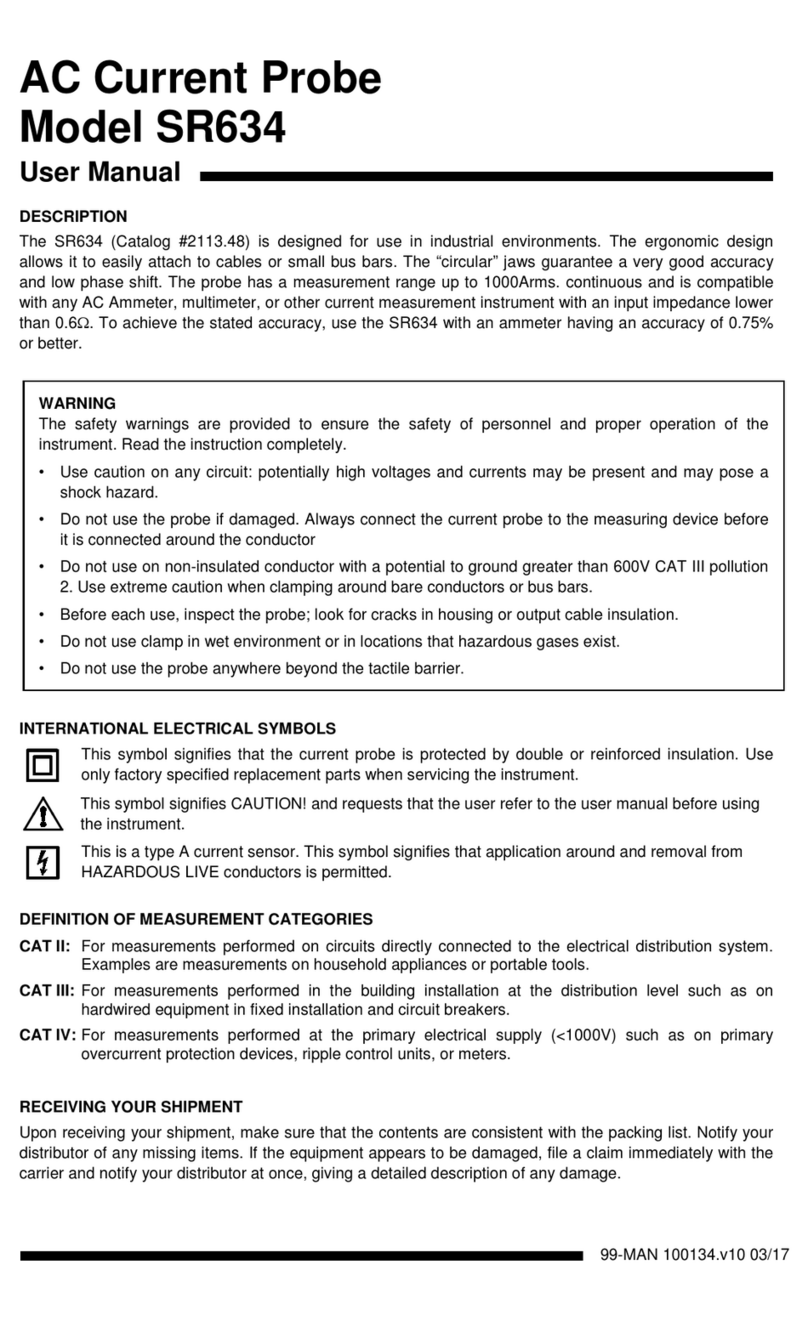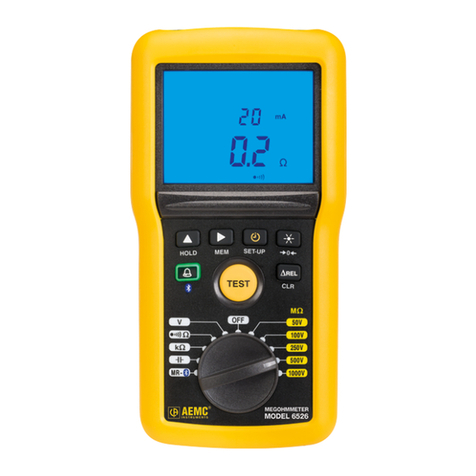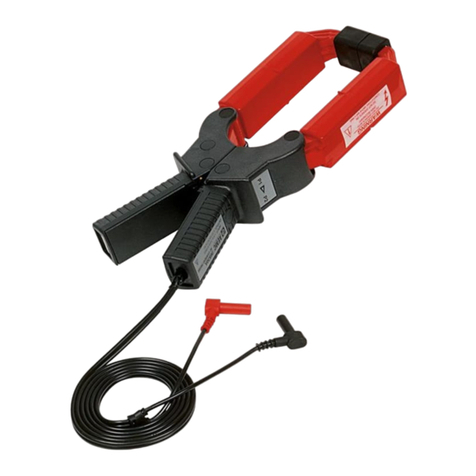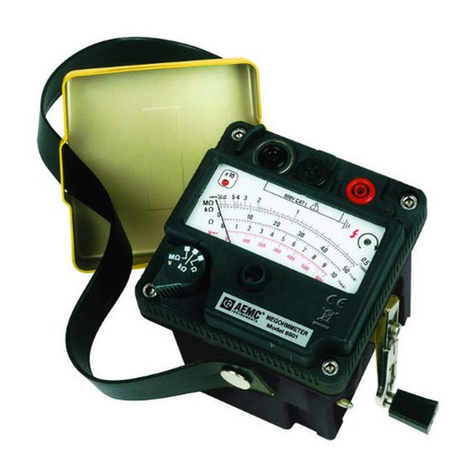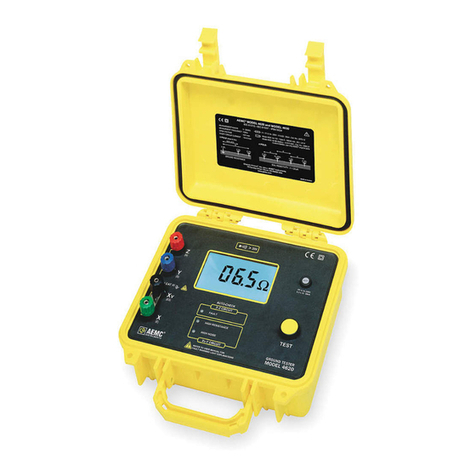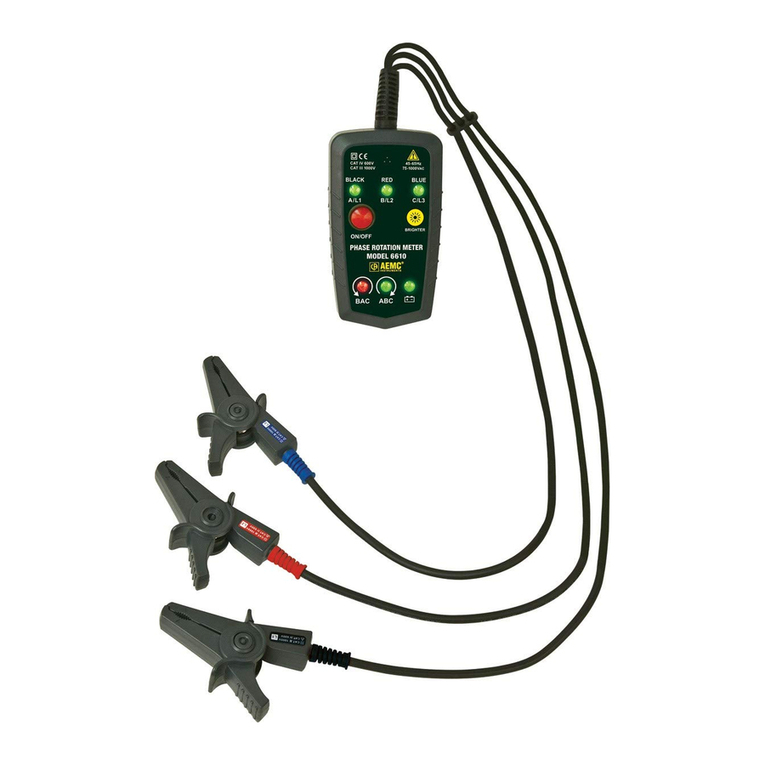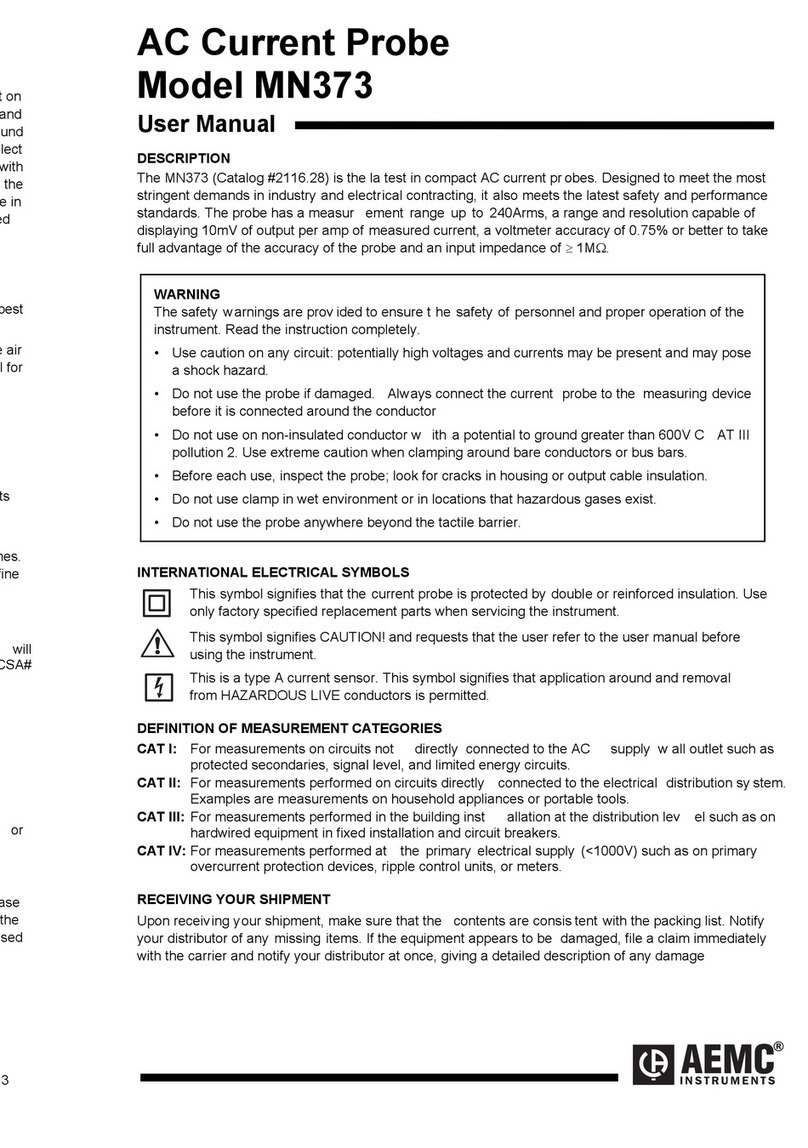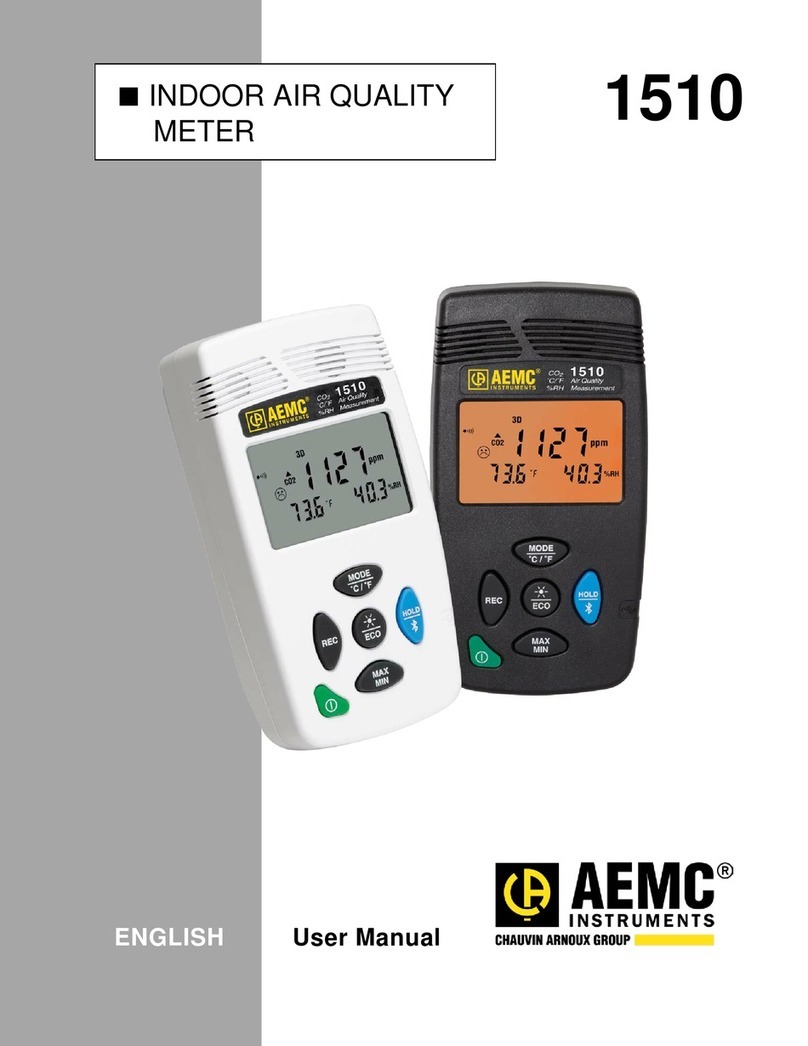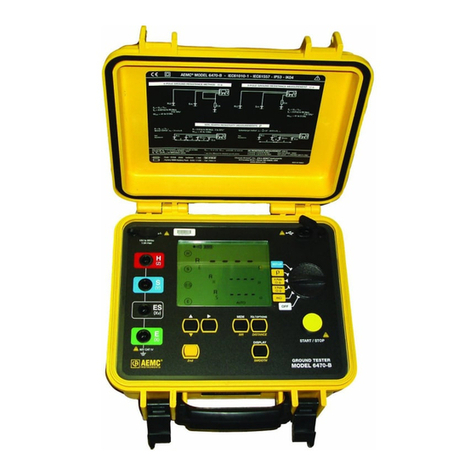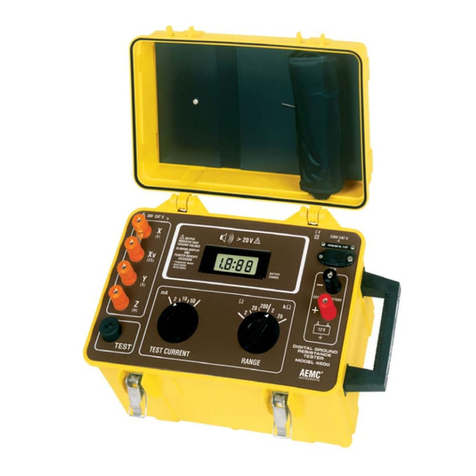
2
Transient Recording Configuration
1. With the instrument turned ON, press the button to display the Waveform Capture
screen.
2. Ensure Transient is highlighted, then press .
●If there are no transient detection sessions stored in the instrument, the Detection
Schedule screen appears.
●If there are recordings in the instrument, the Detection List screen isdisplayed. In this
case, press to display the Detection Schedule screen.
3. Press the function button under the icon to display the Voltage Thresholds
screen. At the top of the screen is the Threshold Set-up field. Options are:
●4V: The same voltage difference threshold applies to all phases and the neutral in the
electrical hook-up
●3V+VN: One threshold applies to the phases and one applies to neutral
●V1+V2+V3+V4: Each phase and neutral has its own assigned threshold
Depending on the electrical hook-up currently under measurement, not all these options
may be available.
4. The setting in this field determines which of the four fields below it (1, 2, 3, and N) are
editable:
●4V: a single field is active for 1, 2, 3, and N.
●3V+VN: one field is active for 1, 2, and 3; and another is active for N.
●V1+V2+V3+N: each field is active.
To edit a voltage threshold field, highlight it using the up and down arrow buttons, then
confirm the selection by pressing . Use the left and right arrows to select a digit, and the
up and down arrows to change it. You can also use these buttons to select units (V or kV).
Press to confirm the edited field.
5. Press the A button to display the Current Thresholds screen. This is similar to the Voltage
Threshold screen. You can select which thresholds apply to which phases, and specify the
value of the threshold (1mA through 9999kA). As with the voltage thresholds, not all these
options may apply to all electrical hook-up types.
Note that current transients typically occur frequently. We recommend performing a current
transient search only when looking for a specific type of transient. At other times, such as when
you are primarily interested in voltage transients, you can effectively disable current transient
searching by setting the threshold to its maximum value.















